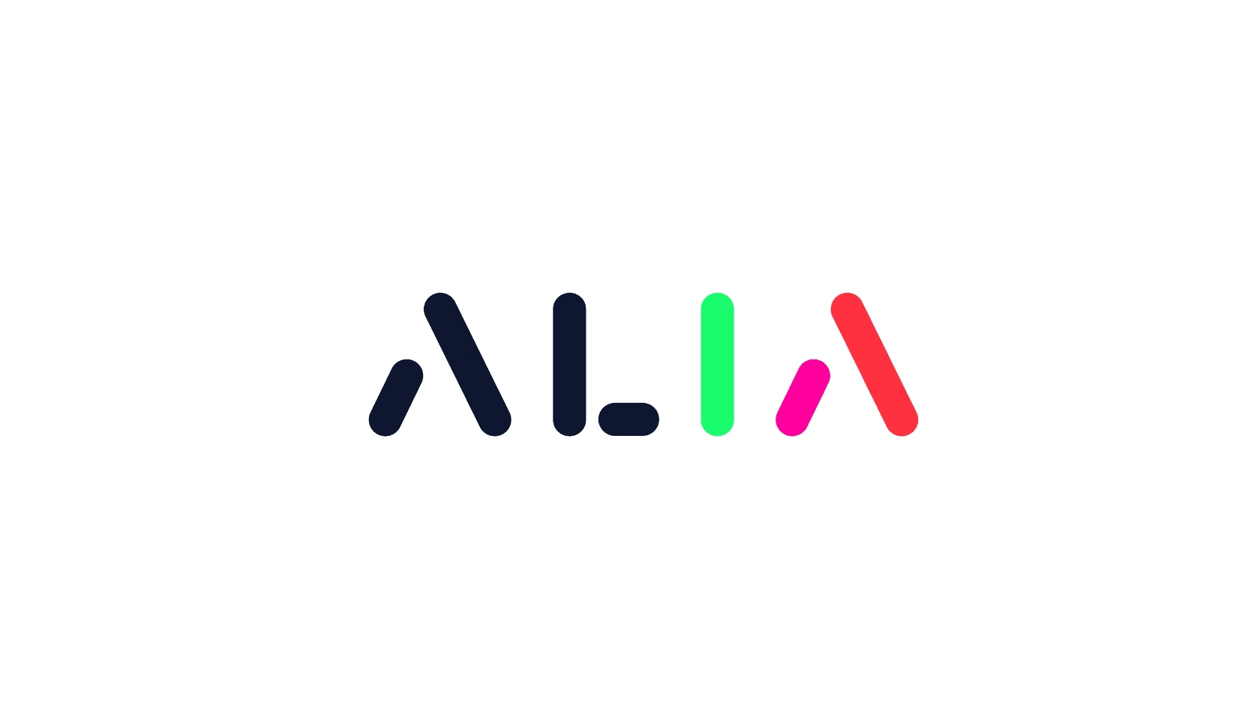The recent launch of ALIA, the Spanish initiative to develop artificial intelligence in Spanish and co-official languages, has generated both enthusiasm and concern. While the project promises to promote the use of Spanish in the tech sphere and advance Spain’s digital sovereignty, a key question arises: is it really necessary for a government to control an AI infrastructure when there are already so many open-source solutions available?
A public model, but with bias risks
ALIA is presented as an open and transparent infrastructure, yet it remains under government oversight. This raises serious concerns, especially regarding technologies like language models, which directly influence how people access information and how digital interactions are shaped.
Historically, governments tend to introduce political or ideological biases into the tools they control, whether consciously or unconsciously. In the case of AI, this risk is amplified, as trained models reflect the values, priorities, and constraints imposed during their development. This could mean that a government AI might moderate information or responses based on political interests, rather than providing impartial and objective data.
Open-source solutions: a powerful alternative
The current AI ecosystem already boasts a wide range of open-source solutions. Projects like Hugging Face, OpenAI (in its initial version), and even models from academic and private organizations offer powerful tools that can be adapted to the needs of any language or context. Moreover, the global developer community has already created multilingual models that include Spanish and less widely spoken languages.
These solutions have the advantage of being completely transparent, as anyone can audit the code and data used in their training. This contrasts with systems developed under government supervision, which may be less accessible to public scrutiny.
The risk of centralizing AI in government hands
When a government controls an AI infrastructure, there is a risk of centralizing too much power in a single entity. This can lead to issues such as:
- Censorship and control of the narrative: A government-controlled model could prioritize certain topics or restrict others based on political interests.
- Lack of competitiveness: The existence of a government solution could overshadow private or open-source alternatives, limiting the diversity of available options.
- Impact on innovation: If the government approach is not aligned with the actual needs of the market, it could stifle technological innovation and discourage the adoption of more advanced solutions.
A more decentralized and collaborative future
The key question is not whether ALIA can be useful, but whether it is the best way to move towards an inclusive and ethical tech ecosystem. Wouldn’t it be more efficient to allocate the resources invested in ALIA to promote the use of open-source solutions and adapt them to the Spanish linguistic context? This would allow both the public and private sectors to collaborate within a framework that is more transparent and less prone to centralized control.
Furthermore, open-source solutions tend to be more inclusive, as they are not constrained by specific national or political interests. The global community can contribute to improving these models, benefiting all users regardless of their background.
Conclusion: a necessary debate
ALIA is undoubtedly an ambitious project. However, its government control and the implications of centralizing such an influential technology deserve thorough analysis. As long as open-source solutions remain a viable alternative, it is crucial to ask whether we really need a government-managed AI model, or if it would be wiser to invest in decentralized tools that better reflect the principles of transparency, impartiality, and innovation.
via: AI News

